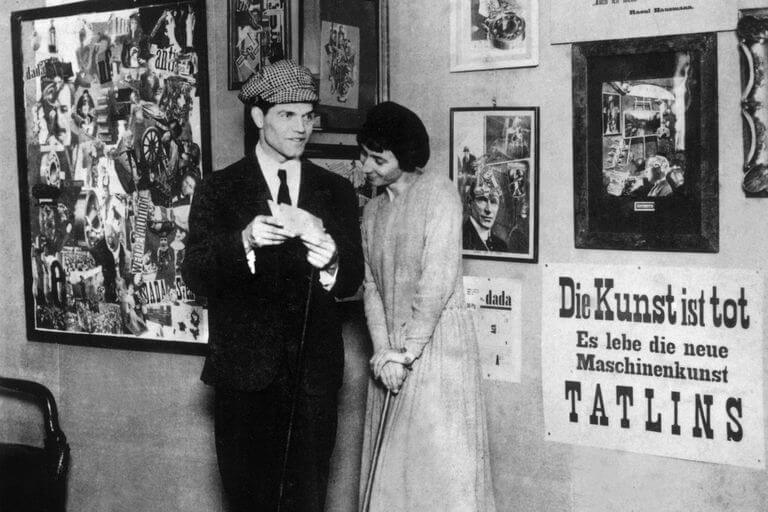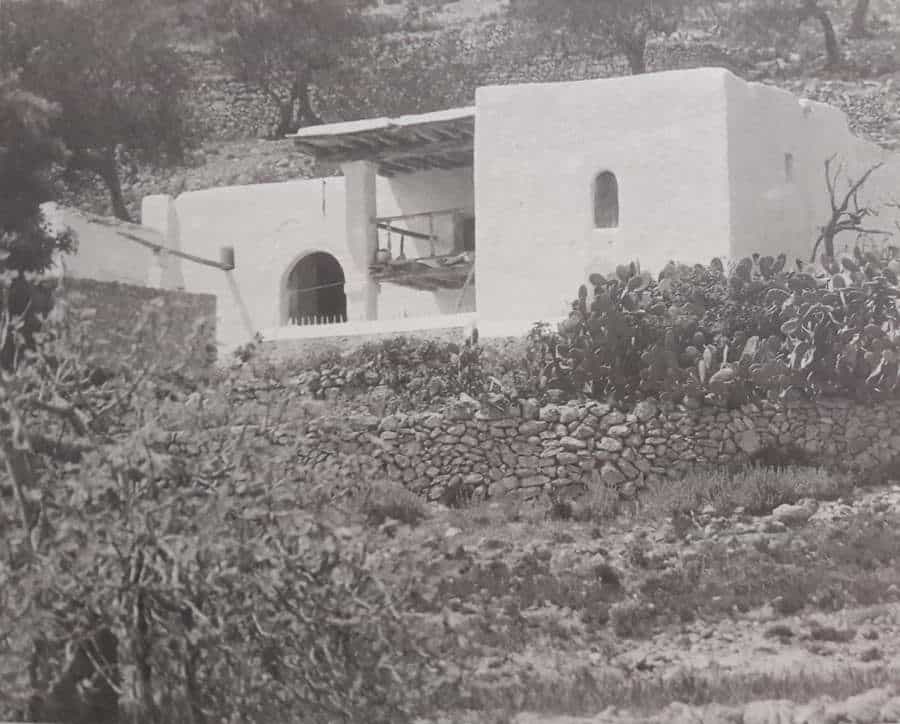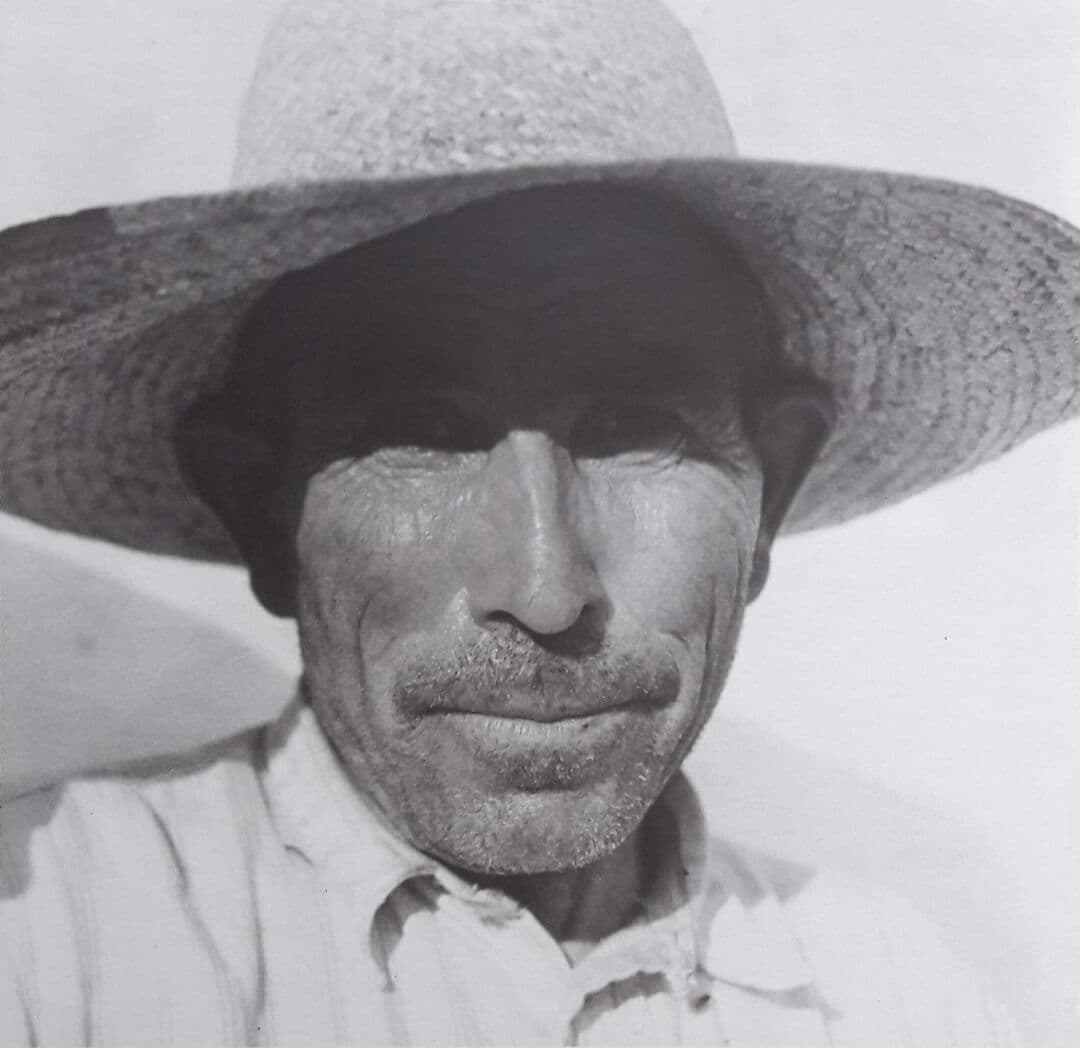
Raoul Hausmann was born in Vienna in 1886, as the son of an academic painter. In 1900, the whole family had moved to Berlin, where the young artist met the influences of Cubism, Expressionism and Futurism before becoming one of the founders of the Dada movement in Berlin in 1918. Two years earlier, Dadaism emerged in Zurich as a reaction to the World War I, and an iconoclastic questioning of the forms and objectives of art. However, the Berlin version of the movement adopted a more political stance: under the pseudonym Der Dadasophe, Hausmann played an important role, performing mostly institutional criticism in Germany during the years between the two world wars, until he started being persecuted by the Nazi regime.
As he didn’t find the answers in fine arts and particularly in painting he was aiming for, Hausmann was possibly the inventor of photomontage, which consists of combining, without a defined plan, cuts of photography, newspapers and drawings to obtain a plastically new work that would assume a political, moral or poetic message. It emerges as a kind of ‘visual anarchy’ (visueller Anarchie), to become later an extended form of modern art. Besides the important contribution of photomontage, Raoul Hausmann is also known for being a pioneer of phonetic poetry, an experimentalist form that avoids using the word as a mere or as the only vehicle of meaning. One of his most famous poems, Fmsbw, profoundly influenced the work of the important dadaist Kurt Schwitters.

Raoul Hausmann and Hannah Hoch, 1st International Dada Convention (Berlin, 1920)
Dadaism emerges in 1916, in the middle of the world war, with the intention of destroying all pre-established codes in the art world. It is considered an anti-artistic, antiliterary and antipoetic movement, since it questions the very existence of art, literature and poetry with their respective norms. From the beginning, this movement presents not only a rejection of any tradition or scheme prior to it, but became a way of living.
The movement was born at the Cabaret Voltaire in Zurich, when the Swiss city had become a refuge for migrants from all over Europe who were escaping the war and where representatives of various schools such as German Expressionism, Italian Futurism and French Cubism met. Dadaism has the particularity of not being a movement of rebellion against a previous school, but questioning the concept of art in its entirety. For the first time in history, chaos, chance or the imperfect were defined as beauty, establishing themselves as central elements within their movement. With marked tendencies towards shocking and destruction as the main objective … in fact, nothing made a Dadaist happier than to scandalize a bourgeois.
Left: “ABCD”, Raoul Hausmann (1923). Right: “The Spirit of Our Time – Mechanical Head”, Raoul Hausmann. (1919)
Dada is anti-everything. Anti-art, anti-literature, anti-dada even … its name was chosen randomly, this being a main feature of the movement; as well as freedom, the destruction of norms and canons. Dadaism set a very important precedent for contemporary art, since it contradicts previously irremovable concepts such as eternal beauty, the eternity of principles, the laws of logic and the immobility of thought. The Dadaists, on the other hand, promoted spontaneity, the freedom of the individual, the immediate, the random, the contradiction, defended chaos against order and imperfection against perfection.
Refuge in Ibiza.
Raoul Hausmann landed in Ibiza between 1933 and 1936, fleeing from Germany due to appearing on the list of “degenerate artists”, compiled by the Nazi regime. He arrived accompanied by his wife, Hedwig Mankiewitz, and Vera Broïdo, his lover, both Jews like him.
During his stay, Hausmann explored the most characteristic corners of the island. The simplicity, the morphology of its landscapes, the archaic customs of its inhabitants and its architecture quickly subjugated the artist. Thrilled by the material and cultural purity of the place, he focused mainly on any reference to anything that was intact or that had not undergone any post-industrial alteration.

Finca around Sant Josep, Ibiza (1934)
He discovered the importance of material culture in the rural architecture of Ibiza; which impregnated the exhaustive analysis that he made of these constructions and the morphology of the landscapes. Hausmann admired the sense of autonomy and self-sufficiency embodied in these peasant homes. He also admired the singular simplicity, the nobility and purity of its architectural forms, created exclusively to respond to the needs of man; an “architecture without architects” in which he observed something primitive as well as contemporary, with clear geometries and controlled proportions.
Hausmann began writing anthropological and historical essays about the island, and his images were published in various magazines. His drawings, collected in diaries and notebooks, provide a unique insight at the origins of the constructive reason and the materials of the ancient houses. He made these houses one of the main reasons for his photographs as well as the inhabitants of Ibiza. Hausmann had a special sensitivity for photography, with the intention of projecting small but intense experiences from which one could extract particular appreciation.

Photos and Notebook (R. Hausmann): Finca Can Mestre / Can Palerm.
His statements are represented on hundreds of typed pages and almost five hundred photographic negatives, as well as a book published by the artist called Hyle. The legacy of the artist illustrates the “virgin” Ibizan landscape, which sustained an isolated and archaic local culture. Both constituted the perfect stage for the experimentation and artistic development of Raoul; a harmonized environment, the result of the respectful material interaction of farmers who used natural resources only to respond to their primary needs, where technical limitations and natural supply conditioned the results.
These works would be complemented with Hausmann’s research tasks, identifying links between the architecture of Ibiza with references in other Mediterranean constructions and cultures; a fact that would also captivate later scholars, such as Rolph Blakstad from around the 1950s.
When the Spanish Civil War began, Hausmann joined the republican side and even managed to organize an international anti-Franco committee in Ibiza. But when the island fell into the hands of the Fascists, he was forced to abandon it and continue his exile in Switzerland. The following years were described as a bitter exile, during which his work was dispersed or destroyed. After finishing the Second World War in Europe, Hausmann settled in Limoges, France. There he continued his artistic production of which among others he resumed painting once again, which he had left aside for so many years, and, according to local witnesses, he lived a fairly lonely life until his death in 1971.

Left: Raoul Hausmann, L’homme qui a peur des bombes (The Man who is Afraid of Bombs) (Film. 1957) / Right: Raoul Hausmann, Dada Raoul, (1951)
Hausmann was known to be a rebel throughout his life. He never took anything for granted and always fought against all kinds of certainties that he considered unjustified. His life was a continuous struggle to counteract the authoritarianism and German fanaticism of the time. In this light, he always maintained a Dadaist stance faithful to contradiction. He profoundly questioned the state of the society and the so-called progress, at a time when it was considered purely beneficial; a general doctrine that later contributed to the disasters of two world wars.
After settling down in Ibiza, however, Hausmann admired an archaic culture and way of life and a handcrafted utilitarian architecture. His studies of the Ibizan fincas, which were the result of many cultural influences (Phoenician, Egyptian, Roman, Arabic), were intended to demonstrate that: – “the idea of a single origin was a fiction, and that the so-called ‘purity’ of a people or culture didn’t exist”. His portraits of the peasants of the island differ drastically from the ‘racial’ portraits so practiced at that time. Halfway between study and poetry, he described those dignified subjects as “fierce and freedom-loving”, and he liked to portray them in photographs outside of their usual context.

Photo: Raoul Hausmann
One can argue that both the depth of Hausmann’s thinking and the extent of his centers of interest, as a writer, poet or as a photographer, are still undervalued nowadays. Reluctant to great artifices or effects in his photography, but remarkable how this simplicity of his images is at the same time modest while very real and powerful. In this article it is only possible to show a part of the work and creativity of this extraordinary artist, encouraging the reader with interest to look more deeply into further of Raoul Hausmann’s work.
To end with, a characteristic example of the Dadaist movement, the phonetic poetry:
“The Great War in a Nutshell“ (excerpt from a lecture on the artistic movement of Dadaism and its historical context.) The soundtrack is compiled from Futurist and Dadaist music and poems from the 1910s and 1920s as Kurt Switters , FT Marinetti and Raoul Hausmann.)
References:
Crespo MacLennan, G. (2017). Raoul Hausmann: fotógrafo en Ibiza. Diario: El País.
Teixeira, C. (2018). La Ibiza Inédita de Raoul Hausmann. Blog online: Leer y tejer.
Plataforma ArteEspaña. Entrada: Definición del Dadaísmo. (2005). Enciclopedia del Arte (online).
Le Musee Rochechouart (2018). Entrada: The Raoul Hausmann Resource Library. Chateau de Rochechouart.
It is possible that the pictures and the content reaches us through different channels and is sometimes difficult to know the author or the original source of the content. Whenever possible we added the author. If you are the author of any content (image, video, photography, text, etc.) and do not appear properly credited, please contact us and we will name you as an author. If you show up in a picture and think it impugns the honor or privacy of someone we can tell us and it will be withdrawn.
Kelosa Blog editors are not responsible for the opinions or comments made by others, these being the sole responsibility of their authors. Although your comment immediately appears in Kelosa Blog we reserve the right to delete (in case of using swear words, insults or disrespect of any kind) and editing (to make it more readable) or undermines the integrity of the site


